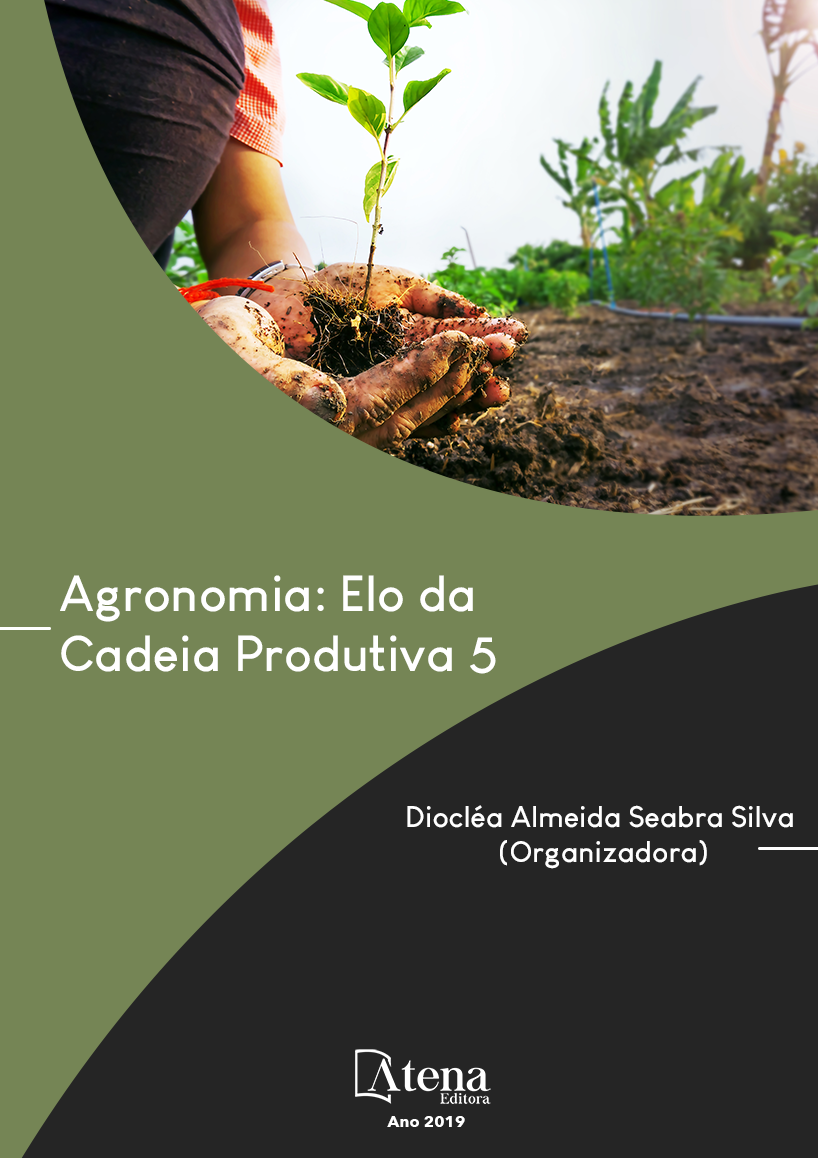
ABORDAGENS DE BIOINFORMÁTICA PARA VACINAS CONTRA O VÍRUS DA FEBRE AFTOSA NA AMÉRICA DO SUL
A Febre Aftosa é uma doença
economicamente devastadora e altamente
contagiosa que afeta os animais com cascos
fendidos. Essa doença é causada por um vírus
de RNA de fita simples de sentido positivo e
que pertence ao gênero Aphthovirus da família
Picornaviridae. O vírus da Febre Aftosa é
antigenicamente variável e consiste em sete
sorotipos sem imunidade cruzada entre si
(A, O, C, Asia 1, SAT-1, SAT-2 e SAT-3) com
muitas variedades dentro de cada sorotipo.
Sua partícula viral tem formato icosaédrico e o
genoma viral é composto por uma única fase
aberta de leitura, organizada em duas regiões:
proteínas estruturais (PEs) e proteínas não
estruturais (PNEs). Devido à grande variedade
de sorotipos, os estudos filogeográficos são
imprescindíveis para uma melhor compreensão
da movimentação e evolução das cepas virais
frente as estratégias vigentes para combate da
doença. Apesar de diversos estudos com essa
abordagem já terem sido realizados, pouco
ainda se sabe sobre os sorotipos com histórico
de circulação no Brasil. Esse trabalho teve
como proposta analisar espaço-temporalmente
o genoma dos três sorotipos já reportados no
Brasil: A24 Cruzeiro, C3 Indaial e O1 Campos.
Os resultados seguem em acordo com a
literatura ao demonstrar um desaparecimento
do sorotipo “C” e uma regionalização do
sorotipo “A”. Na América do Sul, esses dois
sorotipos estão ligados muito provavelmente
a um escape vacinal. No Brasil, o sorotipo
“O” manteve-se conservado em relação ao
seu ancestral europeu e, possivelmente, sua
entrada no país foi como consequência do
melhoramento genético do gado de corte.
ABORDAGENS DE BIOINFORMÁTICA PARA VACINAS CONTRA O VÍRUS DA FEBRE AFTOSA NA AMÉRICA DO SUL
-
DOI: 10.22533/at.ed.2431903124
-
Palavras-chave: Filogeografia, FMDV, sorotipo A, sorotipo O
-
Keywords: Philogeography, FMDV, serotype A, serotype O
-
Abstract:
Foot-and-mouth disease is an economically devastating and highly
contagious disease that affects cloven-hoofed animals. This disease is caused by a
positive-sense single-stranded RNA virus, which belongs to the Aphthovirus genus of
the family Picornaviridae. The Foot-and-Mouth Disease virus is antigenically variable,
reflected in seven serotypes without cross-reactivity (A, O, C, Asia 1, SAT-1, SAT-2 and
SAT-3) and many variants within each serotype. The viral particle shape is icosahedral,
and the viral genome is composed of a single open reading frame, organised in two
principal regions: the structural proteins (SPs) and non-structural proteins (NSPs).
The SPs are the proteins that will form the entire capsid shell structure. The NSPs
are proteins that act on viral protein cleavage and other steps during viral replication
and infection spread. Due to the great variety of serotypes, phylogeographic studies
are essential for a better understanding of the viral strains movement and evolution
facing the current strategies for disease prevention. Although several studies with
this approach have already been released, little is known about the serotypes which
were previously reported in Brazil. In this research, we propose the Spatio-temporal
analysis of the three serotypes already reported in Brazil A24 Cruzeiro, C3 Indaial and
O1 Campos. The results agree with the literature demonstrating serotype C seems to
have all but disappeared and the serotype A regionalisation. In South America, these
two serotypes are most likely linked to a vaccine escape. The serotype O remained
conserved regarding its European ancestor and, possibly, the livestock genetic
improvement was the reason for the virus entry.
-
Número de páginas: 15
- Giuliana Loreto Saraiva
- Pedro Marcus Pereira Vidigal
- Abelardo Silva Júnior
- Márcia Rogéria de Almeida
- Mateus Gandra Campos


